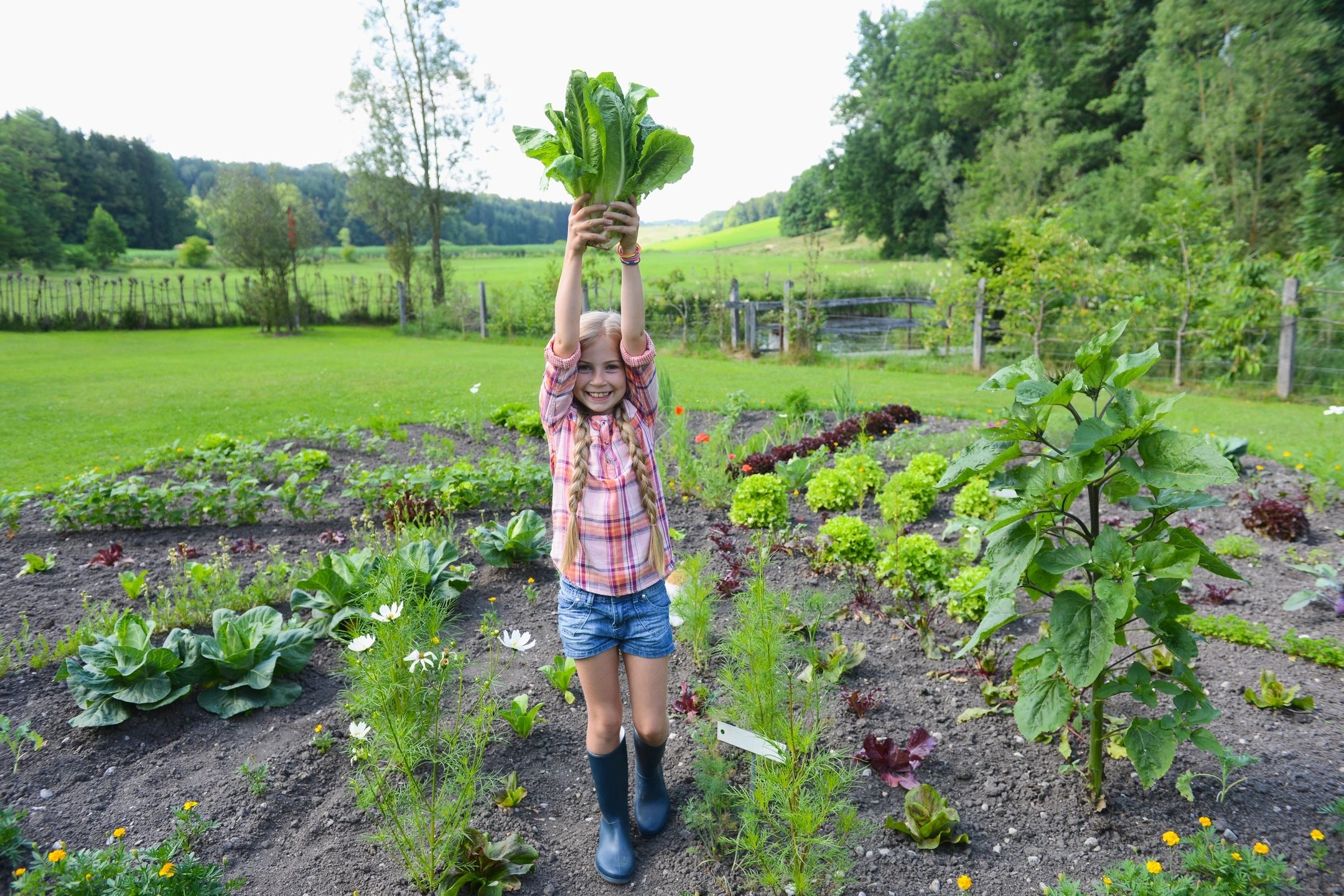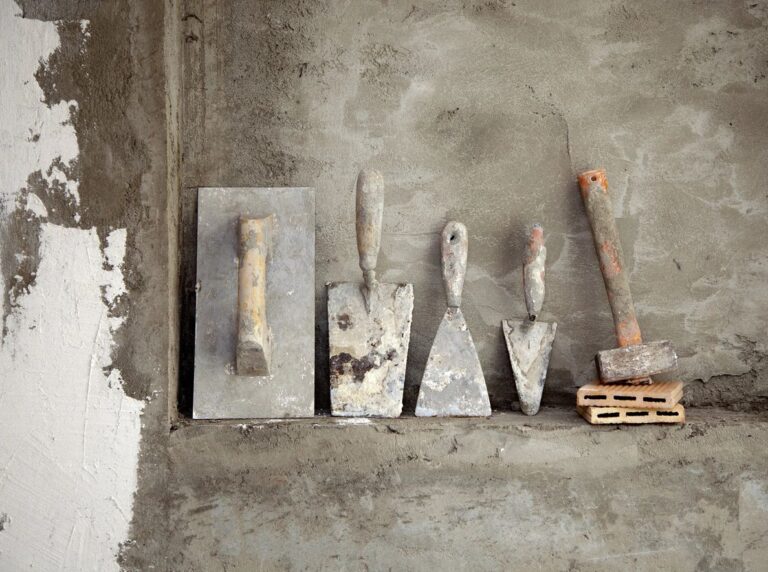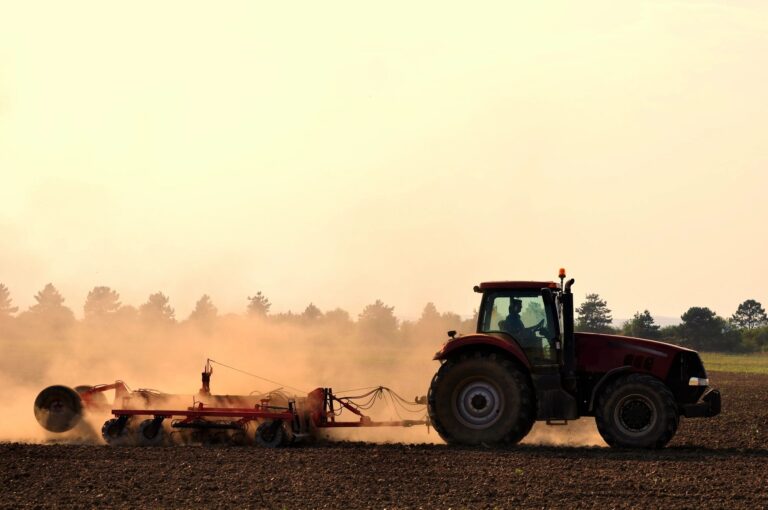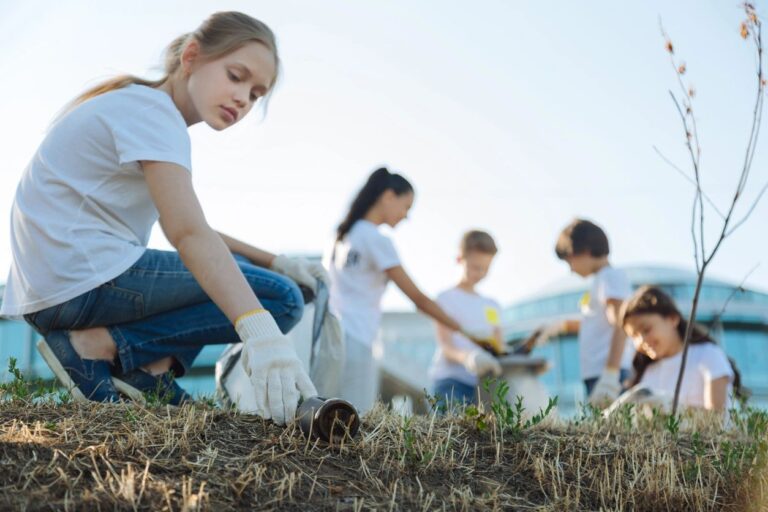
A little work and a little luck
People are starting to feel the pinch of higher food prices, and are making time to garden again.
Food prices are skyrocketing, grocery store shelves aren’t as reliable as they used to be, and corporate consolidation in the food industry is making it harder than ever for small farmers and local producers to compete. Meanwhile, uncertainty in food assistance programs leaves many rural families wondering how they’ll put meals on the table. But there’s one simple, time-tested way to push back—grow your own food.
A garden isn’t just about fresh vegetables. It’s about reclaiming control from a food system that prioritizes profit over people. It’s about building resilience in rural communities, feeding our families without relying on grocery chains, and creating a support network where neighbors help each other. In a time when working people are being squeezed from every direction, gardening is a quiet but powerful way to resist.
The Problem With Our Food System
In the last few decades, corporate giants have taken over the food supply. A handful of companies control most of the meat, dairy, and grain industries, setting prices and squeezing out local competition. Small farms struggle to stay afloat while massive agribusinesses rake in profits, and grocery store chains pass rising costs onto consumers while cutting deals that benefit big suppliers.
Meanwhile, food assistance programs—lifelines for many families—are constantly under threat. Budget cuts and political games put programs like SNAP (food stamps) at risk, making it harder for low-income folks to afford groceries. And when prices spike or supply chains falter, the people who suffer most are the ones already living on the margins.
So, what can we do when the system is rigged against us? We grow.
How to Start Growing Your Own Food
A garden isn’t just about saving money—it’s a way to take control. You don’t need a farm to grow your own food; a small patch of dirt, a raised bed, or even a few pots on a porch can make a big difference. Here’s how to get started:
Pick Your Growing Space
-
Got a backyard? Set up a few raised beds or till a small plot.
-
No yard? Use containers on a porch, balcony, or even a sunny window.
-
Community gardens are a great option if space is limited—check with local organizations or start one yourself.
Choose High-Value Crops
If you want to save money and maximize your harvest, focus on foods that are pricey at the store but easy to grow:
-
Tomatoes & Peppers – Expensive and taste way better homegrown.
-
Lettuce & Greens – They grow quickly and keep producing.
-
Root Vegetables – Potatoes, carrots, and radishes are easy to grow and store well.
-
Herbs – Fresh herbs cost a fortune at the store but thrive in small spaces.
Get the Basics Right
-
Good soil matters – If planting in the ground, mix in compost to enrich the soil.
-
Water consistently – A deep soak a few times a week is better than a little every day.
-
Start small – It’s better to grow a few things well than to take on too much at once.
Gardening as Mutual Aid
Capitalism thrives on isolation—on making people feel like they have to fend for themselves. But gardening is an antidote to that mindset. It brings people together, encourages skill-sharing, and builds networks of support that aren’t reliant on big business or government programs.
Imagine if every small town had a community garden where folks could grow and share food freely. Imagine if neighbors swapped crops instead of spending hard-earned money at the store. These aren’t just dreams; they’re traditions that many rural communities used to live by, before industrial farming and supermarket chains took over.
By reclaiming even a small part of our food system, we take power back from corporations and put it where it belongs—in the hands of everyday people.
Resources to Get Started
If you’re ready to start growing but don’t know where to begin, here are some useful resources:
-
USDA Victory Garden Plan – A proven layout designed to maximize food production in a small space. Originally created during WWII, this plan still works today.
-
Missouri Extension Garden Calendar – A month-by-month guide on what to plant and when, helping you time your garden for the best yields. Find it here.
-
Local Cooperative Extension Services – Many states have extension offices that offer free advice, soil testing, and gardening workshops.
Final Thoughts
A garden is more than just a hobby—it’s a tool for self-reliance. It’s food security when the system fails, community when capitalism isolates, and a direct way to combat rising food costs.
You don’t need acres of land or fancy equipment to get started. A few pots on a porch, a small raised bed, or a shared community plot can make a real impact. And when we grow together, we all thrive.
So, plant something. Share what you grow. And know that every little bit of food you pull from the ground is a step toward independence from a system that was never built for us in the first place.





